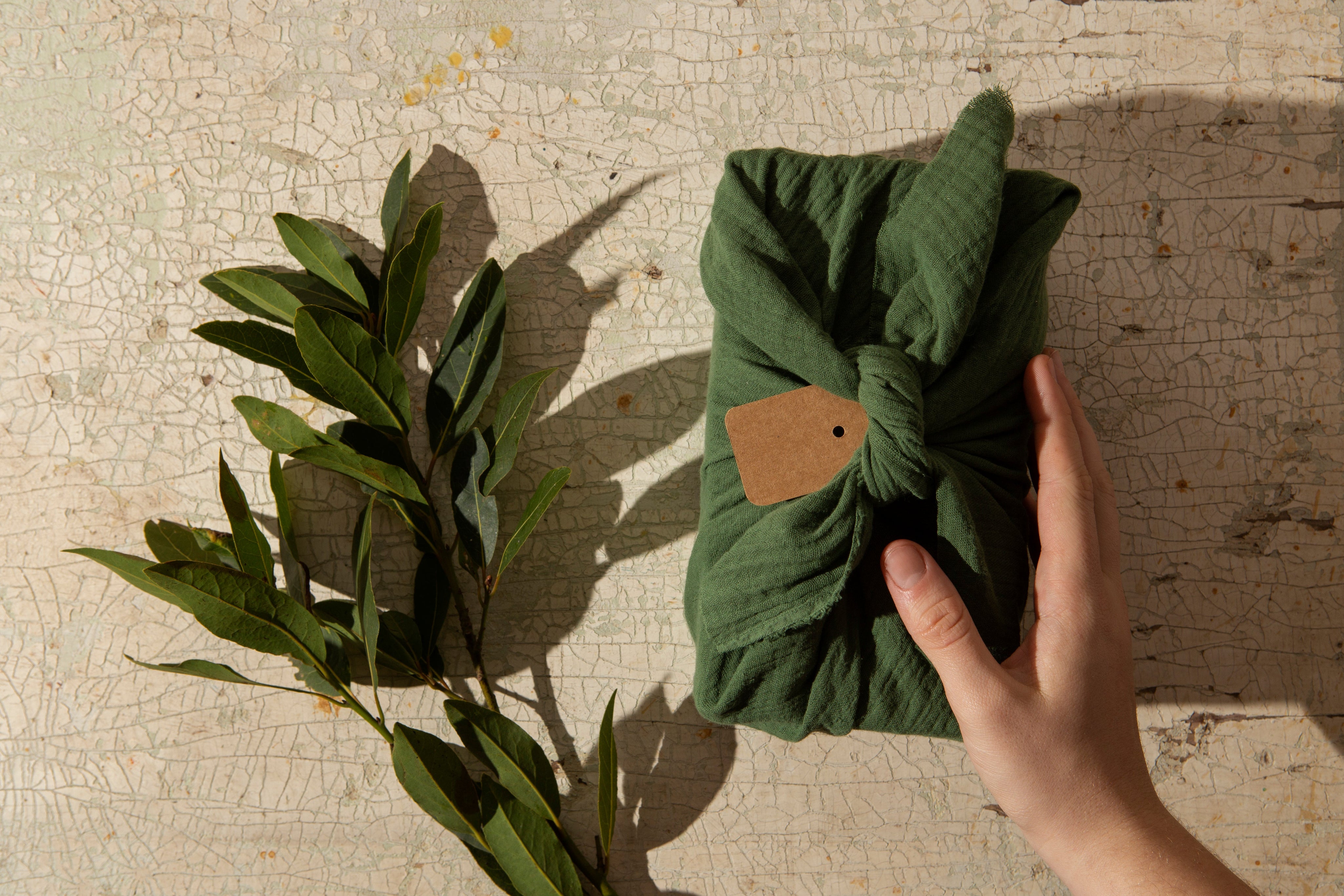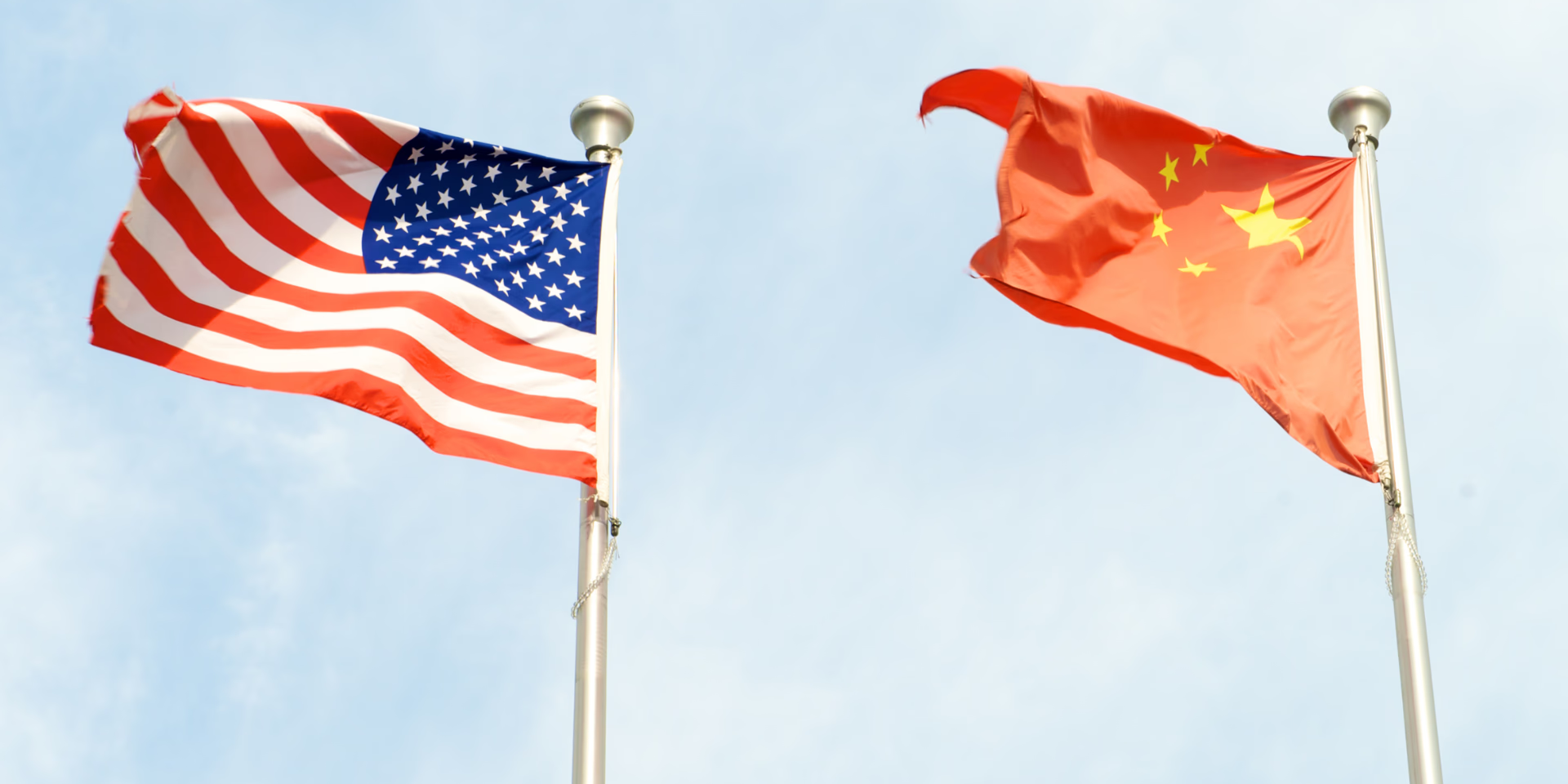Clean beauty has reshaped consumer expectations. Clean eating rewired entire industries. Now, clean fashion is stepping into the spotlight, raising questions for brands navigating sustainability, material innovation, and consumer trust.
This article breaks down what “clean” really looks like in practice and why it’s making its way into SME strategies in 2025.
Key Insights of The Article:
-
What “clean fashion” really means (and what it doesn’t)
-
How to assess your SME brand’s readiness to adopt clean principles
-
Common challenges of adopting clean fashion
-
4 clean fashion brands leading the movement in 2025
-
Why tech is essential to enabling chemical-free sourcing
Should You Join the Clean Fashion Movement? Here’s What SME Brands Need to Know
Mentions of chemical-free textiles, non-toxic dyeing, and skin-kind fabrics aren’t new—but what is new is how these practices are being grouped under a growing “clean” fashion narrative.
What was once a niche focus within sustainability is now being reframed as a movement, gaining traction in mainstream fashion media. As Allison Prang recently explored in The Business of Fashion, this rising movement is prompting brands to reassess not just what they produce, but how.
Fashion has many of the same chemicals and materials that people are concerned about in food packaging and homes and beauty products.
Quote from BoF “Is ‘Clean’ Fashion About to Have a Moment?”.
Moreover, this shift is not occurring in isolation—it’s deeply connected to the intense growth of the global wellness movement.
According to McKinsey & Company, the wellness market has surged to $1.5 trillion and is growing steadily each year. Naturally, fashion is starting to follow suit.
To that end, for SMEs, integrating clean fashion principles could be a pathway to appeal to conscious consumers and align with future-proof compliance goals.
But before making the leap, it’s worth asking: what does ‘clean’ really mean in practice, and how do you know if it’s the right fit for your business strategy? Let's dive in:
What Is Clean Fashion? Meaning, Impact, and How to Apply It to Your Brand
What does the word “clean” really tells?
Is it about organic cotton? Chemical-free dyes? Low-waste manufacturing?
The truth is, there’s no universal definition of clean fashion. Unlike food or skincare, the fashion industry still lacks strict regulations around “clean” labeling. This gives space for brands to self-define and self-police, which opens the door to confusion and greenwashing.
Still, the momentum behind clean fashion isn’t meaningless. At its core, the conversation often points to clothing made without harsh or toxic chemicals—an issue that deserves more attention.
Take, for example, the 2021 investigation by environmental chemist Miriam Diamond, which found toxic substances in products from leading ultra-fast fashion brands. Therefore, bringing this issue back into the spotlight is not a bad thing.
Harmful chemicals in textiles have long-term health and environmental implications, and reducing their presence is a tangible way to build better systems.
This is a class of chemicals that should not be used unless they're absolutely essential.
-Miriam Diamond (originally published on CBC News)
—
But here’s where it gets tricky: adopting a clean positioning is not just a messaging shift. It demands clarity, investment, and a willingness to balance ideals with limitations.
Before embracing a “clean” label, brands—especially SMEs—should ask:
-
Is our supply chain traceable and transparent?
-
Do we understand the trade-offs involved?
-
Can we explain our version of “clean” clearly and credibly?
The Challenges of Adopting Chemical-Free Fashion
Incorporating clean fashion principles can bring lots of benefits:
-
Stronger Brand Differentiation → In a market full of vague sustainability promises, having a clear and traceable approach to clean can set your brand apart and resonate with conscious buyers.
-
More Resilient Supply Chains → Engaging directly with suppliers who prioritize chemical safety fosters transparency and long-term trust—two assets that strengthen your sourcing strategy.
-
Future-Proofing → As regulatory frameworks evolve (especially in the EU and U.S.), being ahead of the curve on chemical compliance and material traceability can mitigate future risk.
However, it can be a difficult path, as not all clean claims are created equal.
Some materials often associated with “clean” performance (like untreated natural fibers) are more costly and harder to scale. Others, like organic cotton, still demand large quantities of water, land, and certification infrastructure.
In categories like performance wear, natural alternatives often fall short on stretch, durability, or moisture-wicking ability. This doesn’t mean the clean approach is wrong, but it does mean it’s not always straightforward or practical across the board.
Being honest about these realities isn’t a weakness. In fact, it’s what builds consumer trust in a post-greenwashing era.
So, should you position your brand around “clean”? Here’s a quick gut check:
- You have transparency into your material origins and treatment processes.
- You can explain what “clean” means in your context—without fluff.
- You’ve verified claims through third-party certifications or supplier documentation.
- You understand where “clean” fits (and doesn’t) in your product categories.
- You’re ready to communicate nuance, not just aspiration.
If these don’t apply yet, you can start by engaging with verified suppliers, investing in education, and building clarity into your sourcing and storytelling.
Clean can be part of your future—but only if it’s part of your process.
4 Clean Fashion Brands Leading PFAS-Free Innovation
Many brands are beginning to incorporate cleaner production into their collections. Even large players like H&M, Zara, and Levi Strauss & Co, have started introducing PFAS-free lines—showing that chemical-conscious design is becoming part of the industry.
So if you're exploring how to integrate “clean” more meaningfully into your brand, here are a few fashion players doing more than just talking the talk.
1. Harvest & Mill – Localized, Clean Basics Made in the USA
Harvest & Mill crafts organic cotton essentials—like tees, joggers, and shorts—using a 100% U.S.-based, low-carbon supply chain. No dyes, no bleach, no toxins. Just clean, naturally colored fabric sewn by local, family-owned factories.

Picture from: https://harvestandmill.com/
2. Reprise – Clean Activewear with Plant-Based Materials
Reprise creates sustainable athleticwear from eucalyptus-based Tencel and GOTS-certified organic cotton. Soft, breathable, and chemical-conscious—perfect for performance wear that respects people and the planet.

Image from: https://www.repriseactivewear.com/
3. MATE the Label – Non-Toxic Wardrobe Staples for Women & Kids
This female-founded brand offers GOTS-certified organic cotton essentials for women and children. Locally made in L.A. with low-impact dyes and zero harsh chemicals, MATE leads with transparency and toxin-free values.

Image from: https://matethelabel.com/collections/mini-mate
4. Jungmaven – Hemp Apparel that Heals the Planet
Built on the power of hemp, Jungmaven makes small-batch tees, tanks, and basics that support regenerative agriculture. Every piece is cut and sewn in Los Angeles by workers earning living wages.

Image from: https://jungmaven.com/
How Technology Enables Clean, Traceable Fashion
One of the biggest roadblocks to clean fashion? Fragmented, opaque supply chains.
Brands may have the ambition to source better. Suppliers may have the innovation. But without collaboration, tech integration, and mutual understanding, these efforts don’t meet in the middle.
Clean sourcing depends on shared data, seamless communication, and end-to-end insight, and in a world where only 19% of fashion businesses have full visibility over their value chains (and even that visibility is often partial), technology is what has the power to level the playing field.
From digital product passports to smart sourcing tools, with tech, the fashion industry now has the ability to track, verify, and showcase clean materials at scale. Without tech, clean fashion is just a concept.
"Imagine wasting eight weeks and thousands of dollars just to find the right fabric. And what’s worse, this outdated process consumes vast resources and generates unnecessary emissions. It shouldn’t be this way."
-Jeanine Ballone, CEO of World Collective
Alongside that, technology is also reshaping the supplier’s role, making sourcing more transparent, collaborative, and efficient for everyone involved by:
-
Opening up access – Digital platforms allow suppliers of all sizes to showcase their materials globally, giving brands more options and visibility into sources.
-
Improving fit and reach – Suppliers can match with brands that share their values with validated data and more transparent sustainability credentials, saving brands time on due diligence and vetting.
-
Reducing friction – Streamlined digital technologies facilitate quicker and more transparent communication between brands and suppliers, reducing misalignment, reducing delays, and enabling smarter sourcing decisions.
Want to know more about how technology can help your business thrive in the fashion industry? You can read all about ir here → https://world-collective.com/blog/revolutionizing-supply-chains-how-technology-is-changing-textile-sourcing
World Collective is one of the companies actively transforming the B2B side of fashion through tech-driven innovation.
Within an ecosystem of solutions and initiatives designed to help fashion brands navigate sourcing with smarter, more sustainable choices, World Collective offers a key pillar: a sustainable textile marketplace that directly addresses the gaps preventing brands from sourcing effectively—and scaling responsibly.
It’s a platform where:
-
Brands can explore curated, verified, and traceable textiles that align with real ESG goals.
-
Suppliers can connect directly with global buyers, manage inventory in real time, and showcase everything from organic materials to low-impact innovation.
It’s not about selling “clean” stories. It’s about making verified materials accessible and giving both sides of the chain the tools to grow responsibly.
The digital infrastructure that transforms clean fashion from a trendy term into a scalable reality is being built here.


